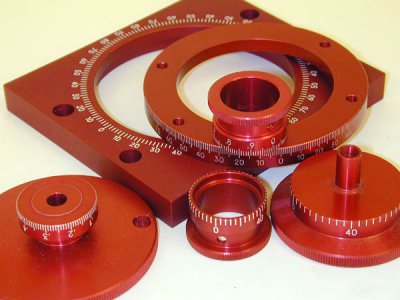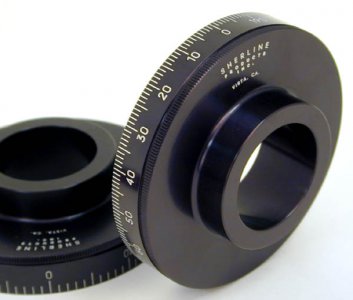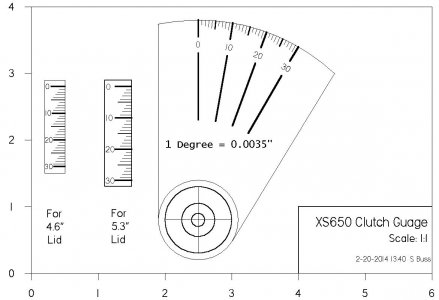- Joined
- Dec 25, 2011
- Messages
- 10,552
Steve,
The Craftsman 101.21400 is identical except for badge and nameplate to the Atlas 618. The Craftsman 101.07301 is mostly the same. Differences are the headstock (casting) and bearings, belt cover, spindle and two of the items on it, and the countershaft bracket. Early 618's had the same bracket. Between 1943 and 1945, it was apparently changed on the 618's but not on the 101.07301's. I may have missed one or two items but think that's all.
For a generic all-inclusive term, I think Atlas/Craftsman 6". That would include the Atlas 612 and the two armature lathes as well as the MK2 and all of the Atlas built Craftsman machines, but not the AA ones. If the widget would also be usable on the AA's, the Atlas/Craftsman & AA 6".
Robert D.
The Craftsman 101.21400 is identical except for badge and nameplate to the Atlas 618. The Craftsman 101.07301 is mostly the same. Differences are the headstock (casting) and bearings, belt cover, spindle and two of the items on it, and the countershaft bracket. Early 618's had the same bracket. Between 1943 and 1945, it was apparently changed on the 618's but not on the 101.07301's. I may have missed one or two items but think that's all.
For a generic all-inclusive term, I think Atlas/Craftsman 6". That would include the Atlas 612 and the two armature lathes as well as the MK2 and all of the Atlas built Craftsman machines, but not the AA ones. If the widget would also be usable on the AA's, the Atlas/Craftsman & AA 6".
Robert D.
Am I correct in understanding that, aside from the sleeve-bearing headstock and 1"-8TPI spindle, that everything else is Atlas and Craftsman identical and interchangeable? If so, then many of my future project topics would most likely apply equally to both.
So, what would be the appropriate moniker to use here for this group of machines?
Atlas/Craftsman 6x18, Atlas/Craftsman 6-inch, other???



